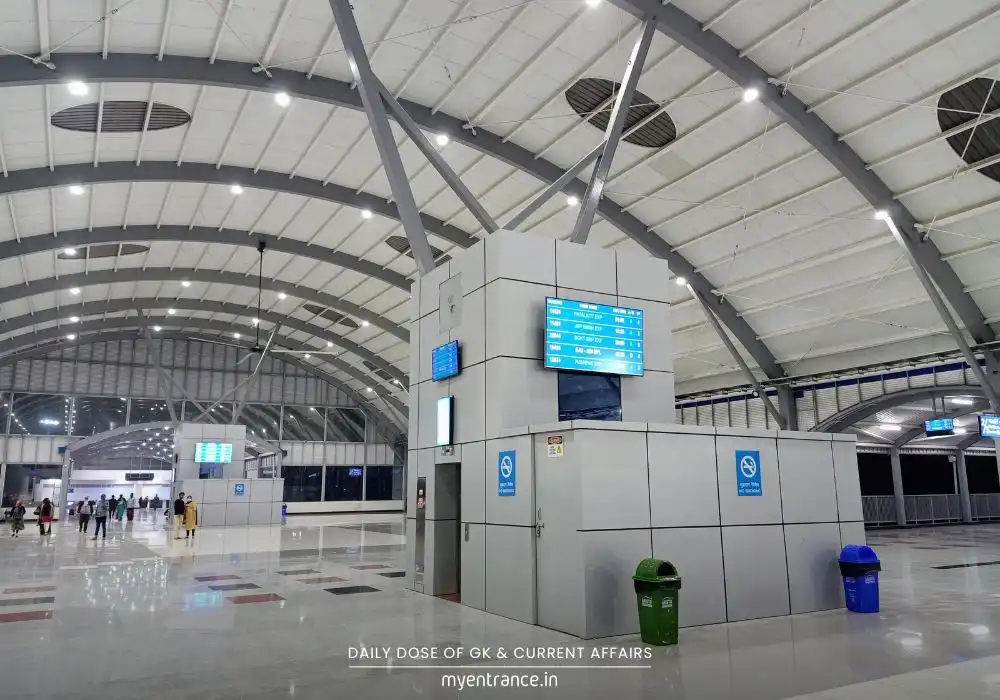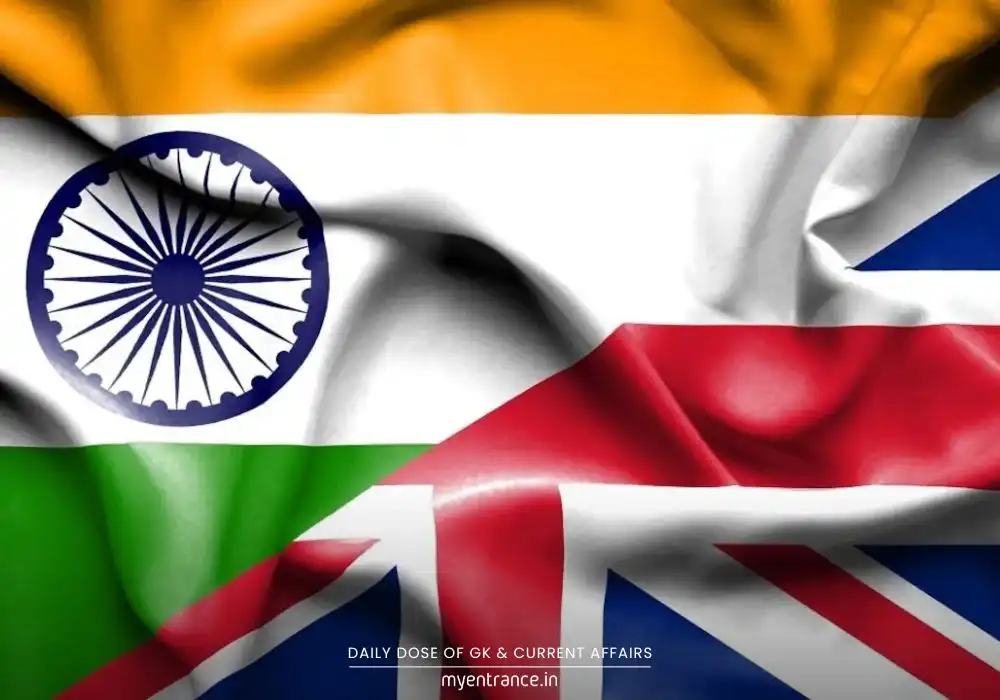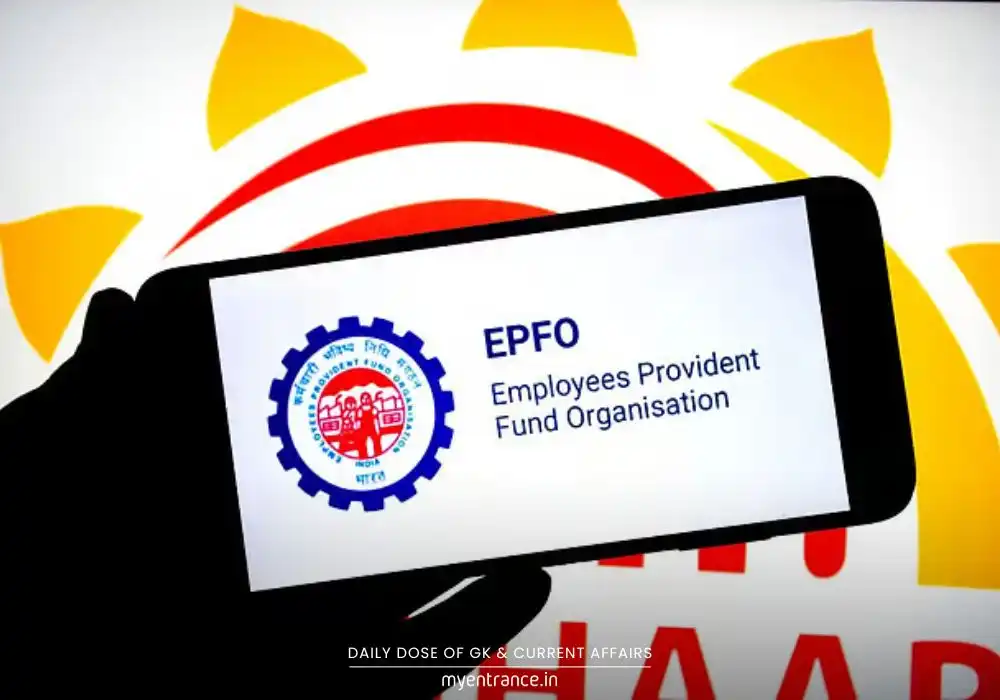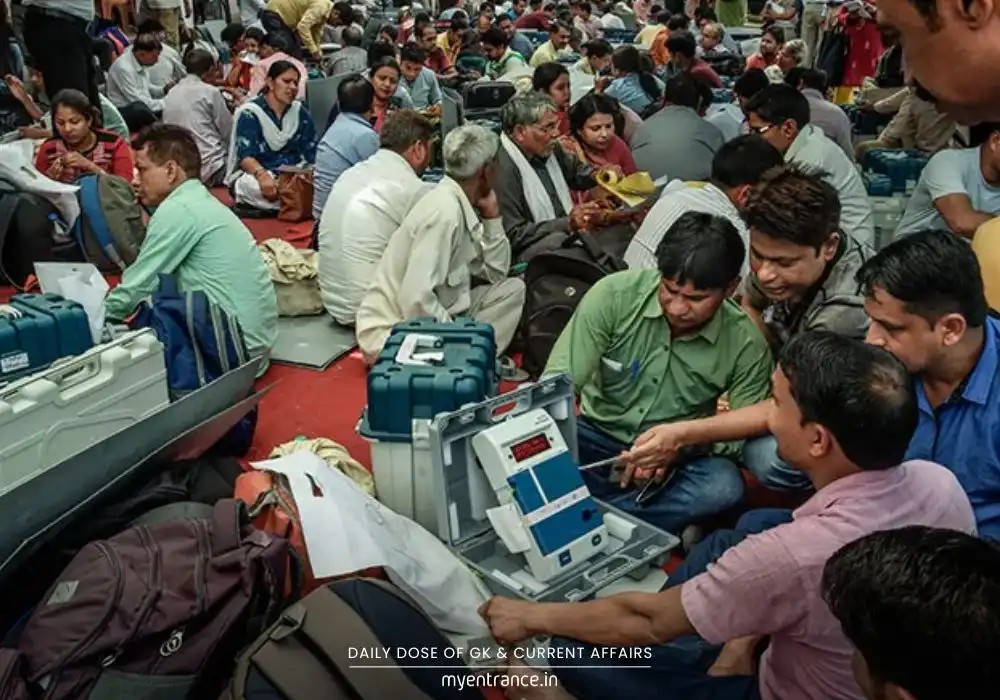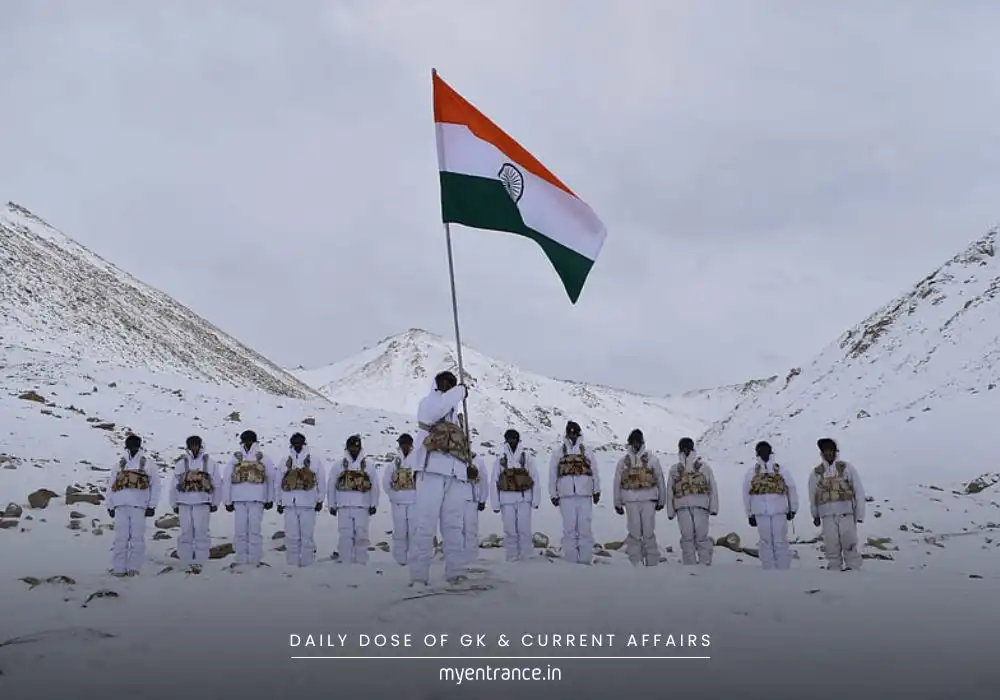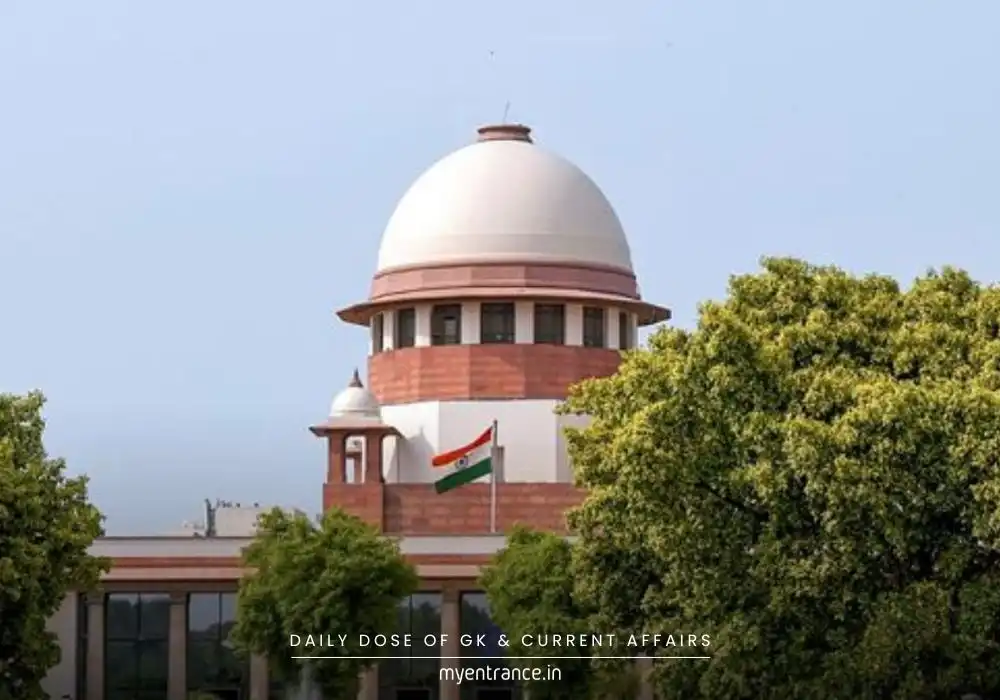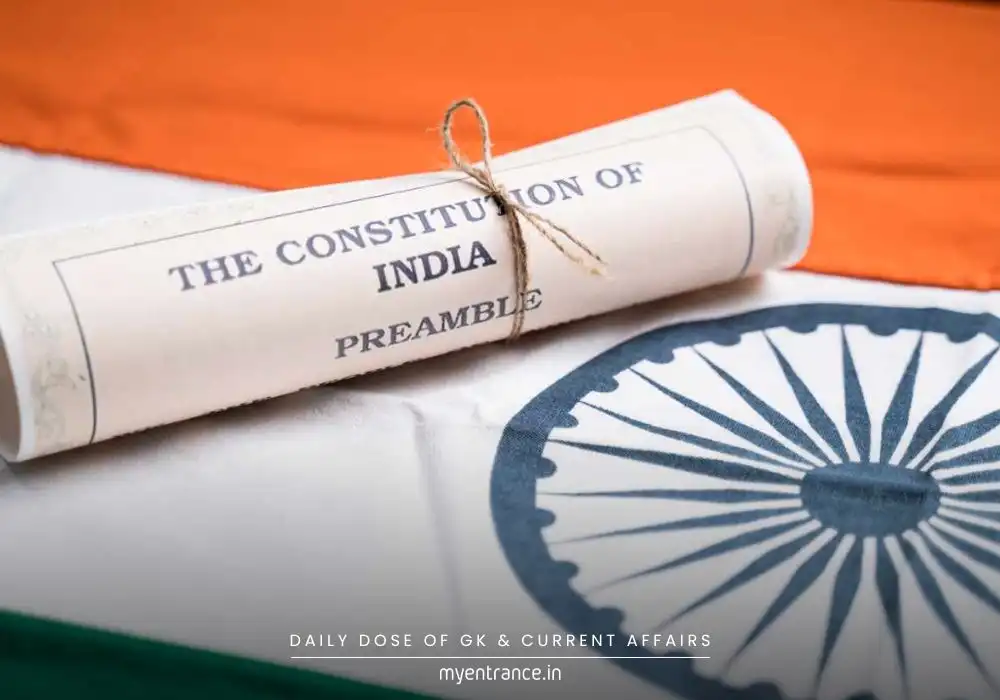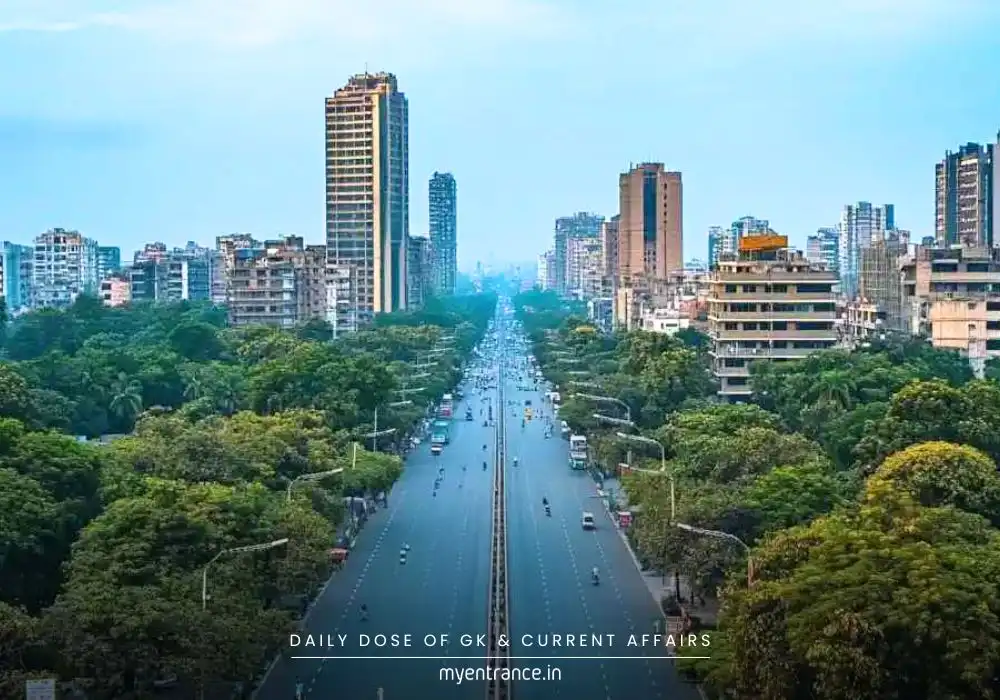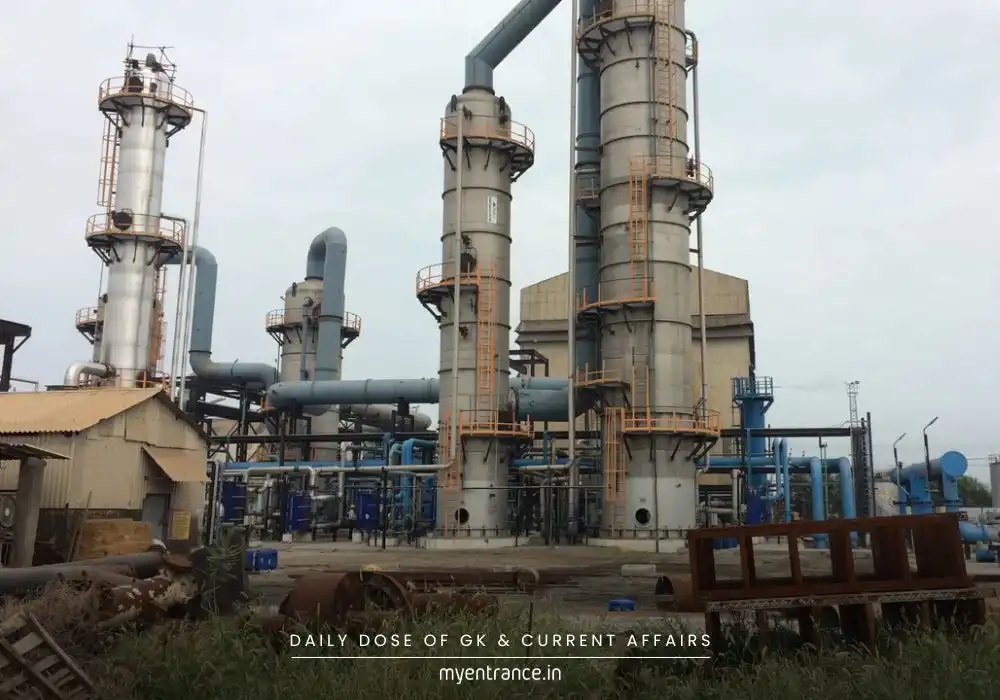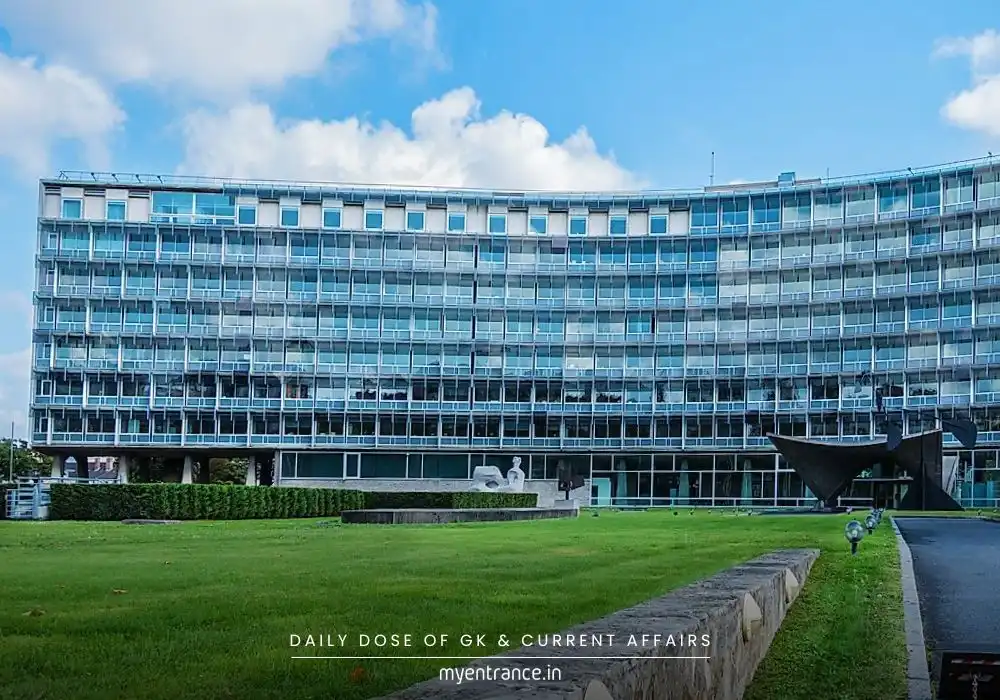Translate Language
Why Did the VP’s Impeachment Notice Acceptance Trigger a Government Backlash?
Vice President Jagdeep Dhankhar’s sudden resignation has sparked a constitutional debate. The trigger? His acceptance of an Opposition-led impeachment motion against an Allahabad High Court judge, which clashed with the government’s parallel efforts. This incident reveals critical flaws in India’s parliamentary procedures.
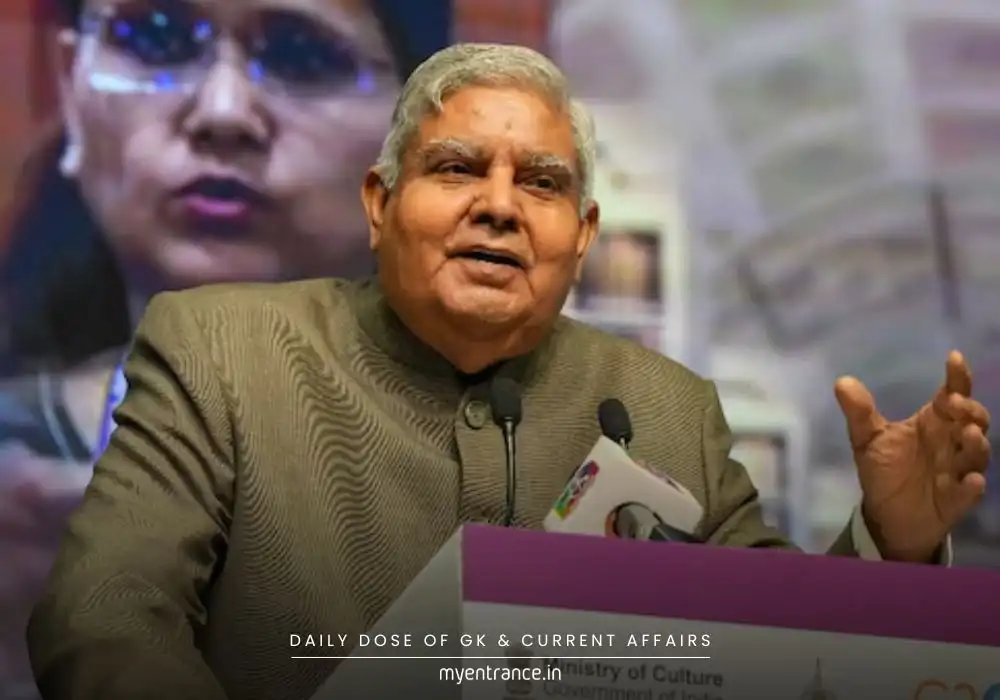
The unexpected resignation of Vice President Jagdeep Dhankhar stunned political circles. While the government remained tight-lipped, sources reveal the move was linked to a contentious impeachment drive against Allahabad High Court Judge Justice Yashwant Varma. Here’s what unfolded:
Opposition’s Gambit: Two weeks ago, Opposition parties launched a signature campaign to impeach Justice Varma. By Sunday, they secured 50+ Rajya Sabha signatures—the minimum required to initiate proceedings.
Government’s Countermove: The ruling party had already gathered 145 Lok Sabha signatures (exceeding the 100-signature threshold) for the same motion, even securing Opposition support. They aimed for a “consensus-driven” impeachment to avoid partisan labels.
The Flashpoint: Dhankhar’s acceptance of the Opposition’s motion in the Rajya Sabha reportedly angered the government. Officials viewed it as undermining their authority, triggering a scramble to rally NDA MPs for damage control.
Constitutional Insights
VP’s Role: As Rajya Sabha Chairman (Article 64), the Vice President’s neutrality is paramount. His acceptance of the notice highlighted the delicate balance between parliamentary duty and political pressure.
Resignation Fallout: Dhankhar’s exit mid-session created a constitutional vacuum. Without a VP, the Rajya Sabha cannot elect a temporary Chairman, disrupting critical legislative work.
Impeachment Nuances: The episode exposed gaps in India’s judge-removal process, especially the blurred line between “submitting” and “admitting” an impeachment motion.
Key Constitutional Provisions
Article 65: The VP acts as President during vacancies.
Article 66: VP elections involve only Parliament members (unlike the President’s electoral college).
Removal Process: A VP can be ousted via Rajya Sabha resolution (absolute majority) and Lok Sabha approval—no grounds needed.
Q&As for Exam Readiness
Q1: Who administers the oath to the Vice President of India?
A: The President of India.
Q2: Can the Vice President be removed without impeachment?
A: Yes. Unlike judges, the VP can be removed via a simple parliamentary resolution (Rajya Sabha majority + Lok Sabha concurrence), requiring no specific charges.
Q3: What happens if the VP resigns during a Rajya Sabha session?
A: The House faces a procedural crisis. Without a VP (or temporary Chairman), it cannot conduct business until a new VP is elected.
Q4: How does the electoral college for VP differ from that of the President?
A: The VP is elected only by Lok Sabha and Rajya Sabha members. The President’s electoral college includes state legislators and both parliamentary houses.
Q5: Compare the Indian and US Vice Presidents.
A: The US VP is an executive-branch official with tie-breaking Senate votes. The Indian VP is a constitutional custodian with no executive powers, serving as Rajya Sabha Chair.
Why This Matters for Exams
This topic is crucial for UPSC, PSC, SSC, and KAS exams because:
Polity & Governance: Tests understanding of constitutional roles (Articles 63–71), parliamentary procedures, and checks on judicial misconduct.
Current Affairs Relevance: Highlights real-world tensions between legislature, executive, and judiciary—frequent fodder for GS II (Mains) and interview questions.
Analytical Edge: The Dhankhar case underscores gaps in India’s impeachment mechanisms and presiding officers’ neutrality—key themes for essay papers.
Comparative Analysis: Contrasting Indian and US VP roles helps tackle international polity questions.
Pro Tip: Focus on constitutional articles, resignation protocols, and impeachment workflows. These are high-yield areas for both prelims (MCQs) and mains (case studies).
Get 3 Months Free Access for SSC, PSC, NIFT & NID
Boost your exam prep!
Use offer code WELCOME28 to get 3 months free subscription. Start preparing today!
